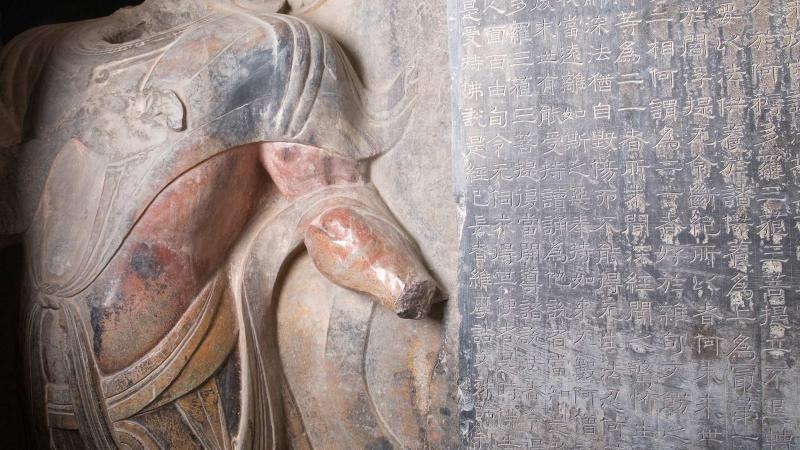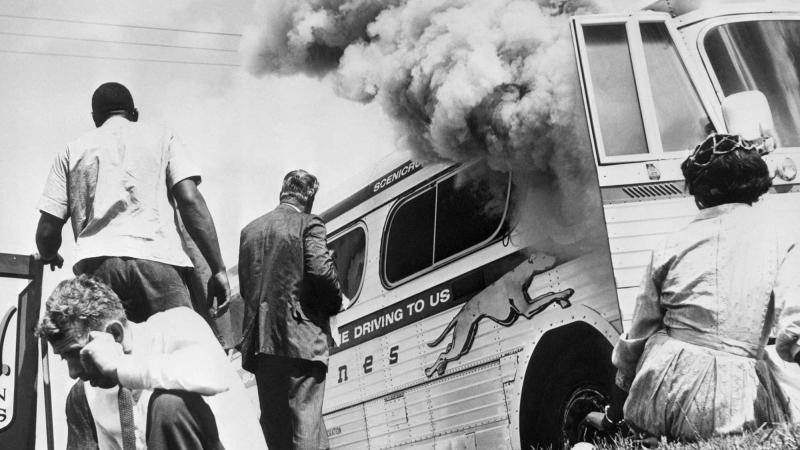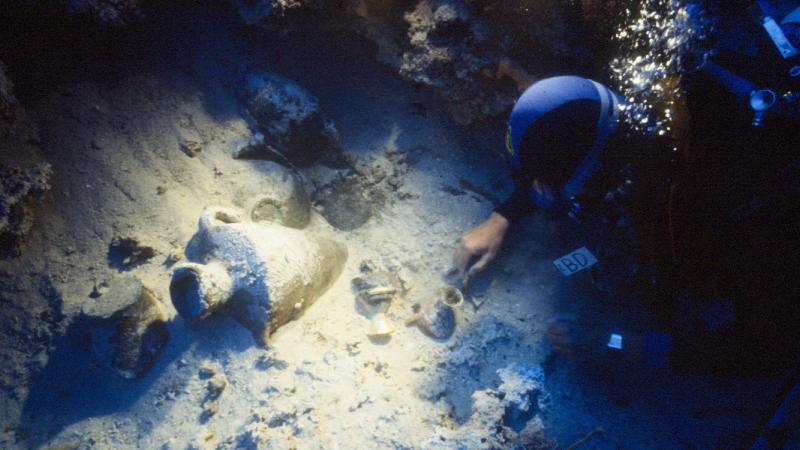For at least two centuries, Jamestown, the first permanent English settlement in the New World, was thought lost. Experts knew more or less where it should have been—40 miles up Virginia’s James River, on the west bank of Jamestown Island. But excavations of the area carried out in the late 19th century and first half of the 20th turned up nothing conclusive. There was a layer of colonial debris buried in the earth, but no sure sign of John Smith, any of the other 103 original colonists, or the fort they built in 1607. Shoreline erosion was the assumed culprit.
All of that changed in 1994, when Preservation Virginia launched a project called Jamestown Rediscovery. Headed by archaeologist William Kelso—who started the dig as “a crew of one”—the project hit pay dirt almost immediately, unearthing a variety of promising artifacts and architectural remains. “The incredible chain of discoveries that followed,” Kelso says, “unfolded like a mystery novel.”
Soon joined by a rotating team of scientists, curators, and volunteers, Kelso began to uncover postholes (pits that once held upright structural timbers), old cellars, and all sorts of cultural detritus: ceramic shards, tobacco pipes, food scraps, and pieces of European armor, some of which had been modified for New World combat. By 1996, the team was confident enough in their finds to announce publicly the rediscovery of James Fort, the first settlement’s first structure, and begin aligning the physical evidence they had gathered with the sparse written records of Smith and others who lived there.
The story that the documentary and archaeological evidence tells is one of hope and industry set against the brutal realities of life in the New World. The colonists built impressive fortifications but struggled for power among themselves (the first grave found at the site contained an Englishman likely killed by a musket ball). They manufactured glass and copper beads for trade with local Powhatan tribes but never managed to establish enduring peace with the native people (Smith himself was abducted but, according to his own account, saved by Pocahontas). For the sake of claiming a share of the New World, they endured disease, the constant threat of violence, and, during the winter of 1609, hunger so dire they resorted to cannibalism.
That last grisly item—recounted in a number of seventeenth-century sources—was confirmed in 2012, when the Jamestown Rediscovery team disinterred the bones of a young English woman. Her skull bore markings consistent with what forensic anthropologist Douglas Owsley of the Smithsonian’s Natural History Museum describes as “postmortem processing.”
With the help of NEH grants totaling $348,410, Kelso and the Rediscovery team are still at it, twenty years after they began, solving some of the oldest mysteries of Jamestown and uncovering new ones. The Endowment has also had a hand in spreading word of their work, funding museum exhibitions, teachers’ seminars, and even a television documentary about the settlement. Thanks to these efforts, one of the most important moments in the history of colonial America has been recovered.
Written by James Williford, a writer in Washington, D.C.


